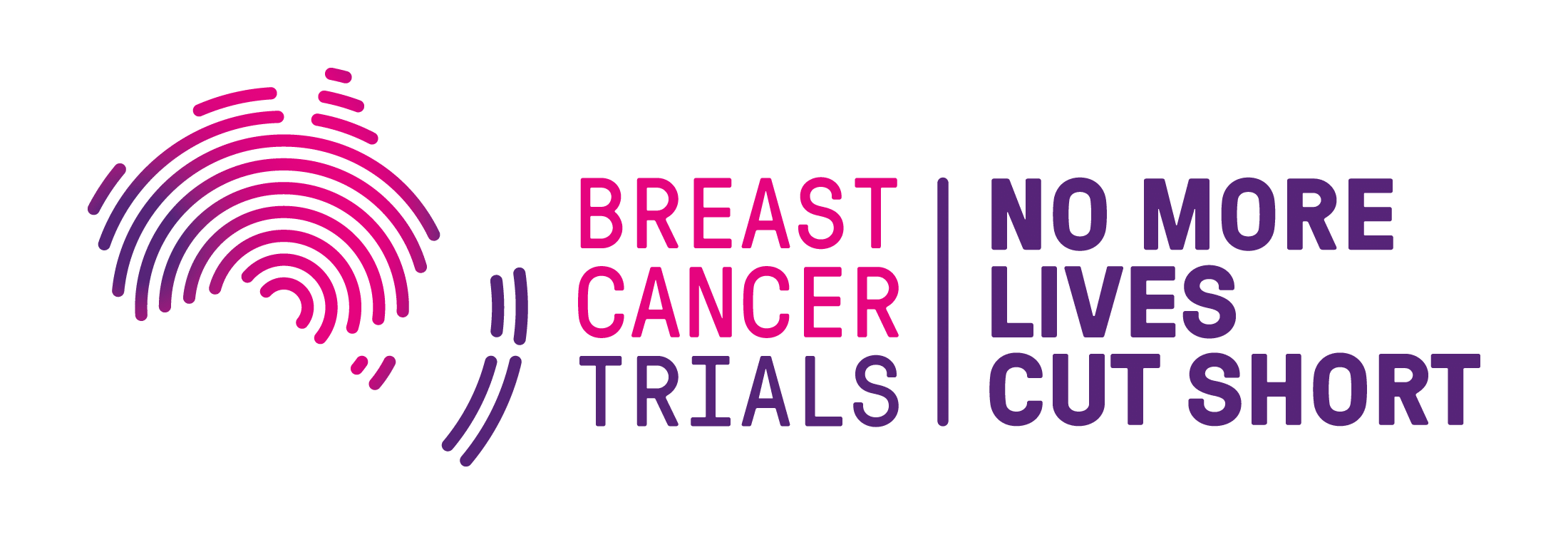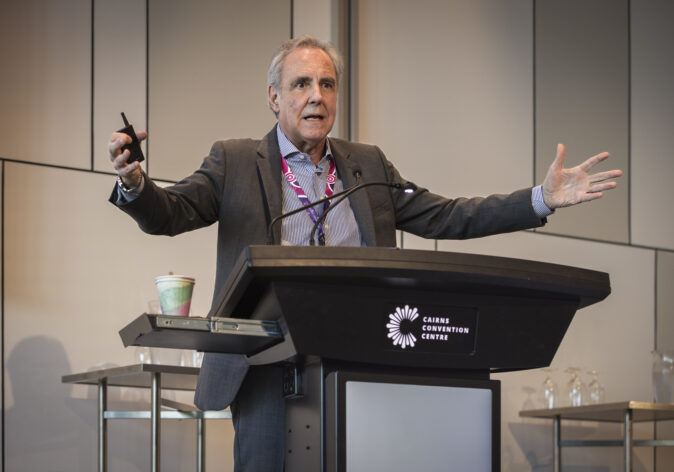Male Breast Cancer
It’s a common breast cancer myth that men can’t get breast cancer. Breast cancer in men accounts for just under 1% of all breast cancers. In this article, we provide an overview and insights into the signs of male breast cancer, survival rate, statistics in Australia, stages of the disease and male breast cancer self exam techniques.
Male Breast Cancer Statistics in Australia
- The estimated number of new cases of breast cancer diagnosed in 2022 was 20,640, with 20,428 being females and 212 being males.
- The estimated number of deaths from breast cancer in 2022, for males alone, was 36.
- In Australia, male breast cancer is a rare disease accounting for less than 1% of all breast cancers.
- In 2022, it was estimated that a male has a 1 in 668 or 0.15% risk of being diagnosed with breast cancer by the age of 85.
- In 2014-2018, the average 5-year male breast cancer survival rate was approximately 87%.
Male Breast Cancer Symptoms
Signs of male breast cancer are similar to those for women, and can include:
- A painless lump or thickening in the breast tissue.
- Changes to the skin covering the breast, such as dimpling, puckering, redness, or scaling.
- Changes to the nipple, such as discharge, redness, scaling, or a nipple that begins to turn inward.
To help explain how breast cancer occurs and is treated in men, we sat down with Professor Rik Thompson, who is a Professor of Breast Cancer Research working in the Faculty of Health at QUT. The most common breast cancer found in men is invasive ductal carcinoma, which typically presents as a lump, however, Professor Thompson says there are a number of other breast changes that men should be aware of.
“Normal male breast tissue moves around, whereas breast cancer tends to be a firmer, lumpier texture. You might have some tissue distortion, skin distortion or nipple distortion. It’s probably an asymmetry that would also be a bit of a red flag. If it feels different on one side than on the other, and pain also, it can be painful.”
Male Diagnoses
Men generally present with breast cancer at an older age compared to women. It presents at a later stage because men do not participate in routine breast screening (because of the rarity, there is no benefit to screening men), and there is a lower awareness of breast cancer in men. Histologically, male breast cancer is often of grade 2, hormone receptor-positive, and HER2-negative.
Male Breast Cancer Treatment Options
The treatment options for male breast cancer are similar to those for breast cancer in women. They may include surgery (mastectomy or lumpectomy), radiation therapy, chemotherapy, hormone therapy, targeted therapy, or a combination of these approaches. Treatment depends on various factors such as the stage of cancer and individual patient’s characteristics.
Male Breast Cancer Stages
The stages of male breast cancer are similar to those of breast cancer in women. They range from stage 0 (non-invasive) to stage 4 (metastatic). The stage of cancer indicates its extent and helps guide treatment decisions.
Survival Rate
The survival rates for male breast cancer can vary based on several factors. These include the stage of the cancer, a person’s age and general health, and how well the treatment plan works. If the cancer is located only in the breast, the average 5-year male breast cancer survival rate is approximately 87%.
Common Misconceptions about Male Breast Cancer
There are several common misconceptions about male breast cancer that can contribute to a lack of awareness and understanding.
- Myth – Only women get breast cancer: While it is true that breast cancer is more common in women, men can also develop this disease. In Australia, about one in 668 men will be diagnosed with breast cancer in their lifetime.
- Myth – Breast cancer is caused by a breast injury: Injuries to the breast do not cause cancer. Occasionally, a breast cancer diagnosis may follow an injury because the injury draws attention to the location, but the injury itself does not cause breast cancer.
- Myth – Breast size determines the risk of breast cancer: There is no connection between breast size and the risk of developing breast cancer.
- Myth – Breast pain is always a sign of breast cancer: Most cases of breast pain are unrelated to cancer, and breast cancer that is localized to the breast is typically painless.
Men do have breast tissue, mostly located behind the nipple. Professor Rik Thompson says that more males have breast tissue than we assume.
“About 60% of males have some breast tissue. So as a neonate (newborn) 60% of males still have some estrogen and so there’s still some breast tissue there. It drops off after adolescence because males start making enough testosterone to combat that bit of estrogen that’s keeping it going.”
“But as we age again, we start to get more breast tissue as well.”
By educating ourselves and others, we can help to reduce stigma and ensure that everyone has access to up-to-date and accurate information.
Listen to this podcast with Professor Rik Thompson, who explains how breast cancer occurs and is treated in men.
Listen to the Podcast
It’s a common misconception that men can’t get breast cancer, however just under 1% of all breast cancers will occur in men. Professor of Breast Cancer Research and a Breast Cancer Trials Board Member Professor Rik Thompson explains how breast cancer occurs and is treated in men.
The Stigma Surrounding Male Breast Cancer
Men who are diagnosed with breast cancer often face unique challenges due to the rarity of the disease in men. One way to combat the stigma surrounding male breast cancer is through education and awareness campaigns. Encouraging open conversations about male breast cancer can help reduce stigmatisation, judgment, and negativity, ensuring that all individuals affected by this disease can access the support they need.
Early detection and timely treatment are crucial for improving patient outcomes. If you or someone you know is experiencing any symptoms or concerns related to breast cancer, it is important to consult with healthcare professionals for personalized guidance.
Research Difficulties for Male Breast Cancer
Professor Thompson said as male breast cancers account for less than 1% of all breast cancers, it is harder to study.
“There’s a lot of anecdotal research and because of that, by treating it in the same way that we would treat women for female breast cancer, I think we’ve established the practice around male breast cancer.”
“Generally, the indications are that it’s [intrinsically] very much the same disease as in women.”
“Breast cancer is a bit more aggressive in males, because it’s detected late, it is more advanced and so, the disease progression characteristics are a bit more advanced.”
“I think it’s like the classic men’s tunnel vision around prostate cancer, just worse. Men might expect that they’ve got a prostate, not all would, but they just don’t think that we’ve got breasts.”
While breast cancer is uncommon in men, it’s important for men who find a change in their breasts to see their doctor without delay.
Support Breast Cancer Research
As with female breast cancer, early detection and treatment are the best way to survive the disease. Breast Cancer Trials is looking for better detection, treatment and cures for breast cancer. Donate to research today to help save a life.
Support Us
Help us to change lives through breast cancer clinical trials research




